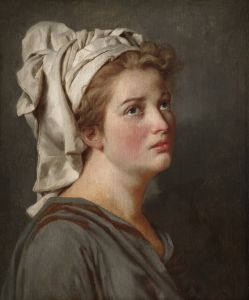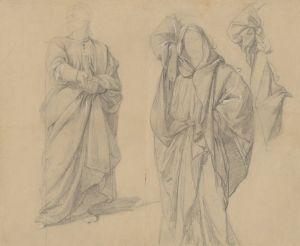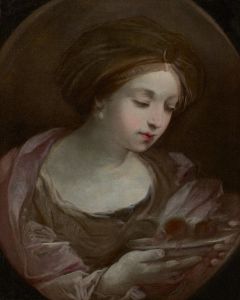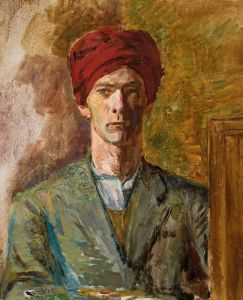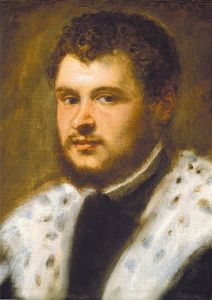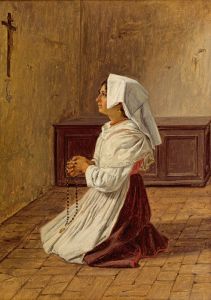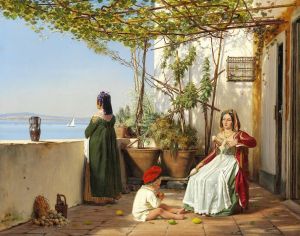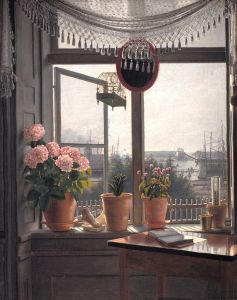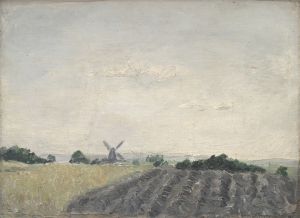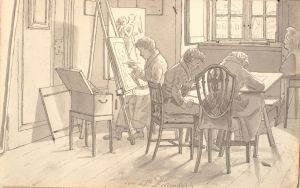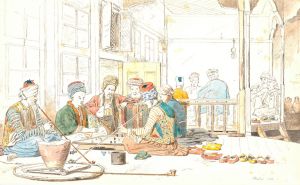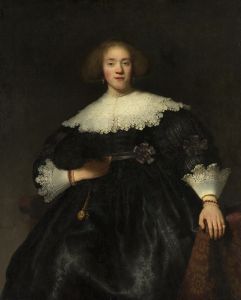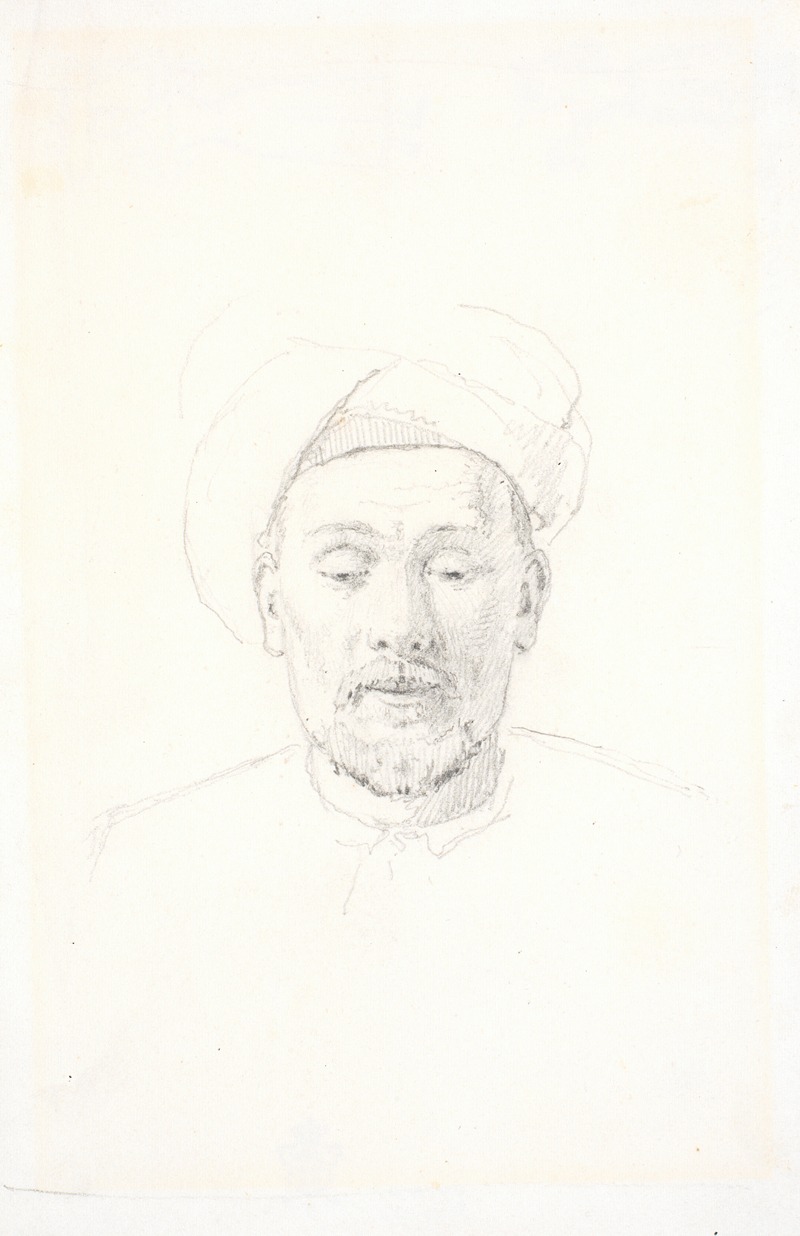
Skægget mandsportræt, set en face, med turban
A hand-painted replica of Martinus Rørbye’s masterpiece Skægget mandsportræt, set en face, med turban, meticulously crafted by professional artists to capture the true essence of the original. Each piece is created with museum-quality canvas and rare mineral pigments, carefully painted by experienced artists with delicate brushstrokes and rich, layered colors to perfectly recreate the texture of the original artwork. Unlike machine-printed reproductions, this hand-painted version brings the painting to life, infused with the artist’s emotions and skill in every stroke. Whether for personal collection or home decoration, it instantly elevates the artistic atmosphere of any space.
Martinus Rørbye was a prominent Danish painter of the 19th century, known for his contributions to the Danish Golden Age of painting. One of his works, "Skægget mandsportræt, set en face, med turban," translates to "Portrait of a Bearded Man, Seen from the Front, with a Turban." This painting is an example of Rørbye's interest in capturing diverse subjects and his skill in portraiture.
Rørbye was born on May 17, 1803, in Drammen, Norway, but he spent most of his life in Denmark. He studied at the Royal Danish Academy of Fine Arts in Copenhagen, where he was influenced by the teachings of Christoffer Wilhelm Eckersberg, a leading figure in Danish art. Rørbye's education under Eckersberg instilled in him a strong foundation in the principles of realism and attention to detail, which are evident in his works.
The painting "Skægget mandsportræt, set en face, med turban" is a testament to Rørbye's fascination with different cultures and his travels. During the 1830s, Rørbye embarked on several journeys across Europe and the Middle East, which greatly influenced his artistic output. His travels took him to countries such as Italy, Greece, Turkey, and Egypt, where he was exposed to a variety of cultural and artistic traditions. These experiences enriched his work and broadened his perspective, allowing him to incorporate elements from different cultures into his paintings.
In this particular portrait, Rørbye depicts a man with a prominent beard, wearing a turban, and facing the viewer directly. The choice of attire and the subject's facial features suggest an influence from Rørbye's travels in the Middle East. The turban, a traditional headwear in many Middle Eastern cultures, adds an exotic element to the portrait, reflecting Rørbye's interest in capturing the essence of the people he encountered during his journeys.
Rørbye's skillful use of light and shadow in the painting highlights the textures of the man's beard and the folds of the turban, adding depth and realism to the portrait. The attention to detail in the man's expression and attire demonstrates Rørbye's commitment to realism and his ability to convey the character and personality of his subjects.
Throughout his career, Rørbye was known for his ability to blend elements of realism with a keen sense of observation, capturing the nuances of his subjects with precision and empathy. His works often reflect a deep appreciation for the diversity of human experience and the richness of different cultures.
"Skægget mandsportræt, set en face, med turban" is a fine example of Rørbye's talent as a portrait artist and his interest in cultural diversity. The painting not only showcases his technical skills but also provides insight into the broader cultural exchanges that were taking place during the 19th century, as artists like Rørbye traveled and documented their experiences through their art.
Martinus Rørbye's contributions to Danish art remain significant, and his works continue to be celebrated for their beauty, realism, and cultural significance. His ability to capture the essence of his subjects and his interest in different cultures make his paintings enduring pieces of art that offer a glimpse into the world of the 19th century.





